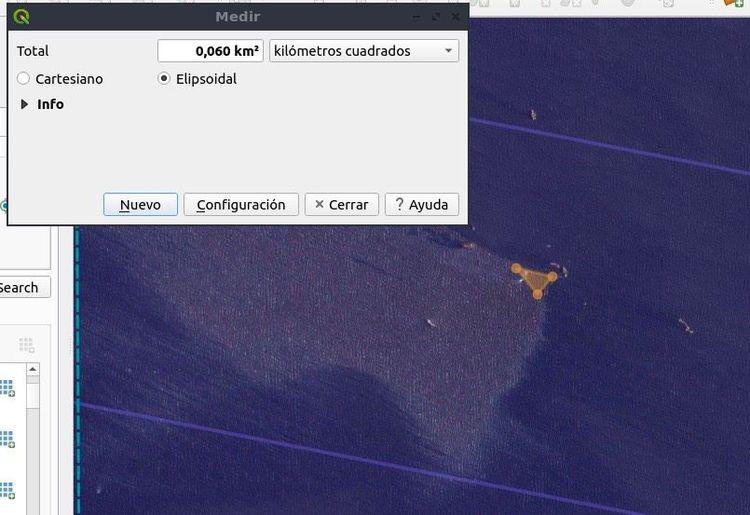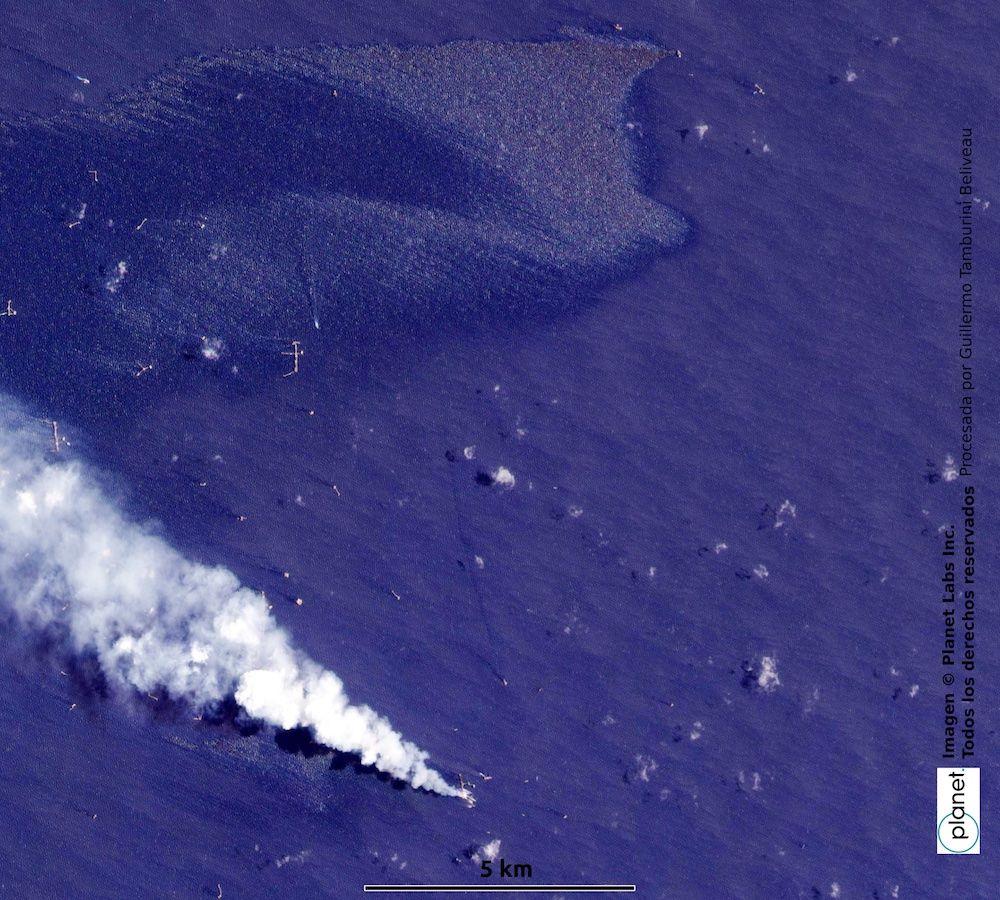Civil organizations demand that Petrleos Mexicanos (Pemex) make public the data of an oil leak that was reported on July 6 by the oil company. This is the same area where the Nohoch platform fire also occurred at the beginning of the month.
“Although it is a company, it still belongs to the State and it seems to us that in an exercise of transparency and access to information, this information should be public, easily accessible to any citizen, not just us,” said Alejandra Jiménez, representative of the Mexican Alliance against Fracking, one of the complainants, in an interview with Causa Natura.
The activist recalled that Mexico is a signatory to the Escazú Agreement, which concerns access to public information, citizen participation and justice in environmental issues. This is legally binding on the countries that have ratified it.
Following the complaint by civil organizations that there is an oil leak in the Cantarell mining area, there was a cross of versions between the oil company and the satellite findings made public by more than 20 civil organizations.
The latter reiterated, in their most recent statement, that there is data to assume that the leak has not been repaired, as stated by Pemex.
“It is mentioned that the leak has been repaired, however, as of yesterday, July 17, the source of the spill has remained in place for 12 days, allowing us to assume that the spill is continuing,” civil organizations said in a statement published on July 18.
Pemex responded to the organizations' initial complaint alleging that it was a leak that affected 0.06 square kilometers and not 400 square kilometers. Faced with this, the organizations have insisted on the question: “What explanation do they give to the stain?”
“We are seeing that they say on the one hand that our information is in bad faith... and they minimize the information we are giving, they reduce it to a small part of what we are showing with satellite images, not with words, but with optical satellite images, and with radar images that are even stronger,” said Jiménez.

According to this image of civil organizations, the yellow triangle represents the size that Pemex holds of 0.06 km with respect to the rest of the stain.
He added that the responsibility for reporting these facts lies with Pemex, which is the company that has the infrastructure to do so.
The oil company indicated that it had notified this spill on July 6 to the Security, Energy and Environment Agency (ASEA), the body responsible for protecting the environment against the hydrocarbon sector.
However, he did not make any public pronouncement on the matter until civil organizations reported the spill through satellite and radar images on July 17.
This Tuesday, Pemex said that there will be a change in the Ek Balam pipelines, which will eliminate possible oil leaks.
“He accepts that repairs are being made to pipelines that are more than 30 years old, and in addition, in his last quarterly report, he states that they are using existing facilities at their maximum capacity,” Jiménez said, something that could explain the repeated spills documented in the area.
For its part, Asea said in a statement that it overflew the oil spill area near the Ek-Balam fields and ruled out that it was related to the fire that occurred on July 5 on the Pemex Nohoch platform.
So far, the supervision of the containment and cleaning actions implemented by Pemex, as well as the accreditation of duct repair, has been instructed, the institution said.
As a result of the events, civil organizations have publicly asked the authorities questions such as: which instances are responsible for this accident and what sanctions they will have; what new risks climate impacts pose to oil infrastructure; how many pipelines can be expected to present similar situations; and what remediation measures they will implement for the affected area.
“It's a systematic way of acting, where information is covered up, minimized and concealed because there should be reparations, there should be fines, responsible persons and a clear commitment to keep this from happening,” Jiménez said.



Comentarios (0)